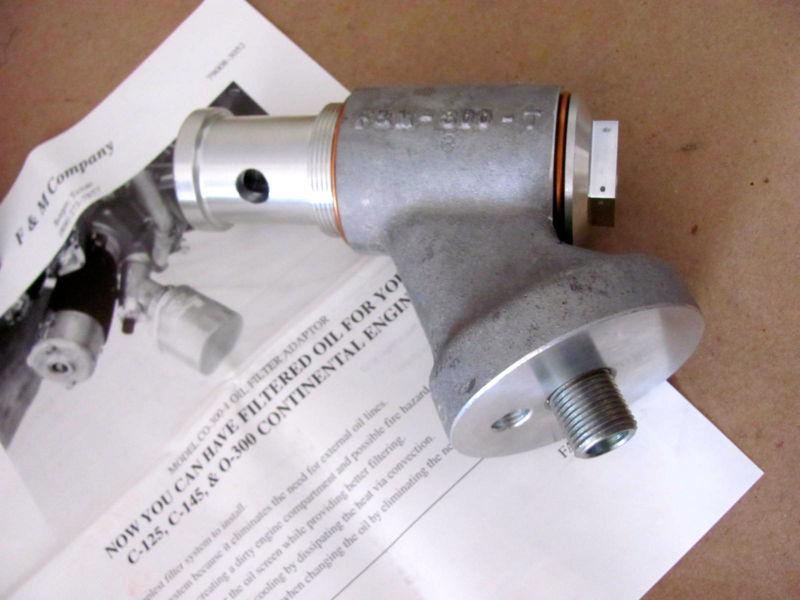timwinters
Ejection Handle Pulled
Interesting theory. Congealing or non-congealing cooler?
FYI http://www.oilcoolers.com/article_oil_coolers_101_2.asp
Have no I.D. but here's the photo...it's an 8 bolt:
I wonder if it would help to pull this plug and fill the cooler with oil??????
What is the orientation of the ports on the oil cooler? Ideally you want to introduce oil at the bottom and remove it at the top. Is it possible that the hoses were reversed at some point?
See above photo...no hoses...
Attachments
Last edited:







 ..
..

